Find Our Products
BS1516 AS568B DIN 715 NBR EPDM FFKM Rubber Silicone Seal O-Rings
Size: Standard ASS568, JIS B 2401, and Non-standard
Raw Material:Silicone, Rubber including NBR, HNBR, SIL, VT, FVMQ, EPDM, CR, ACM, NR
Color:Brown/Black/Grey/Red/Customize
Tolerance Standard:AS568, ISO2768-M, or ISO3302-1:2014 CLASS M2
Hardness Range:20-80 shore A
Packing:PE bag inside, carton outside
Features:Oil-resistant, heat-resistant, durable
Quality and Service:Consistently rated 5 stars by US/Germany clients for great communication, fast production, and shipment
Lead Time:7 days for prototype tooling & samples, 14 days for production mold, 14-28 days for MOQ
Rubber Specification:ASTM D2000, SAE J200 MOQ: 5000pcs, no burrs, no flesh, smooth, excellent quality
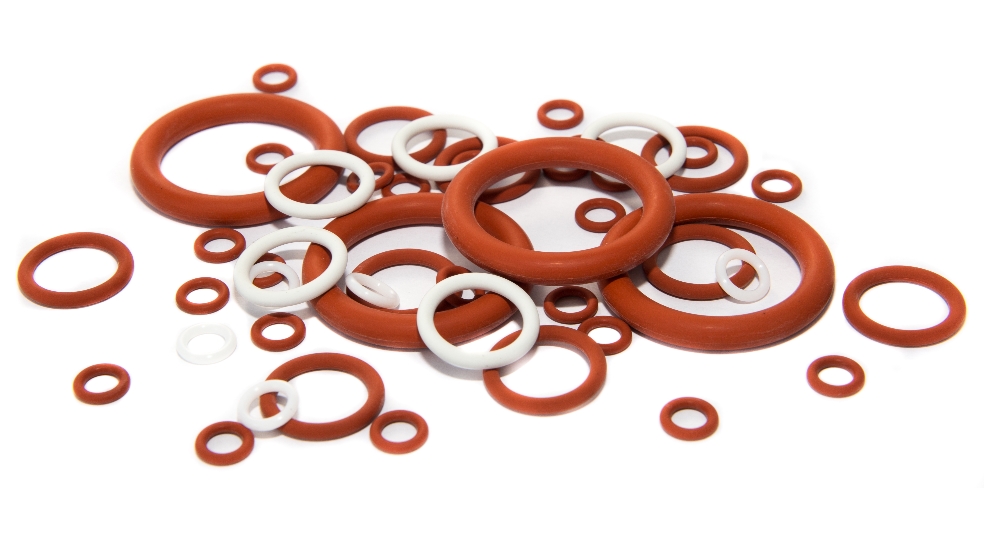
- Product Details
What are O-Rings?
O-ring, also known as rubber sealing O-ring or Orings. It is a rubber sealing ring whose cross section is round (or O). Its main function is to seal and prevent leakage, such as gas seal, water seal, oil seal and so on. The O-ring is a circular cross section that prevents leakage between the two faces or between the shaft and the bore. They are designed to be located in the groove and compressed during assembly between two or more components to form a seal at the interface.
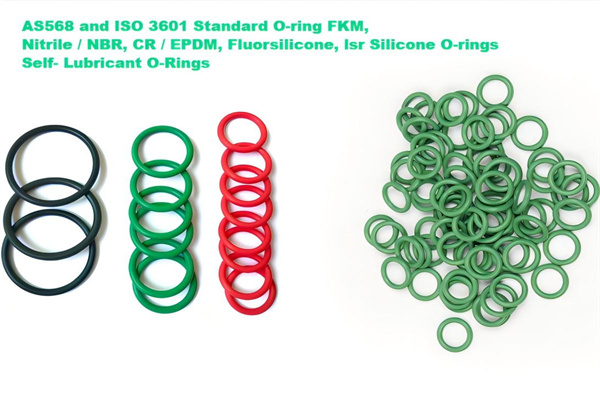
There are two types of O-ring marking methods: one: inner diameter (inner diameter) * wire diameter (cross section) two: inner diameter ID * outer diameter OD (outside diameter) but the first marking method is more common.The most common specifications for O-rings in the world are :SAE AS568B (USA), GB3452.1-82 (China), JIS B-2401 (Japan) DIN 715 (Germany) BS1516 (UK) and so on.
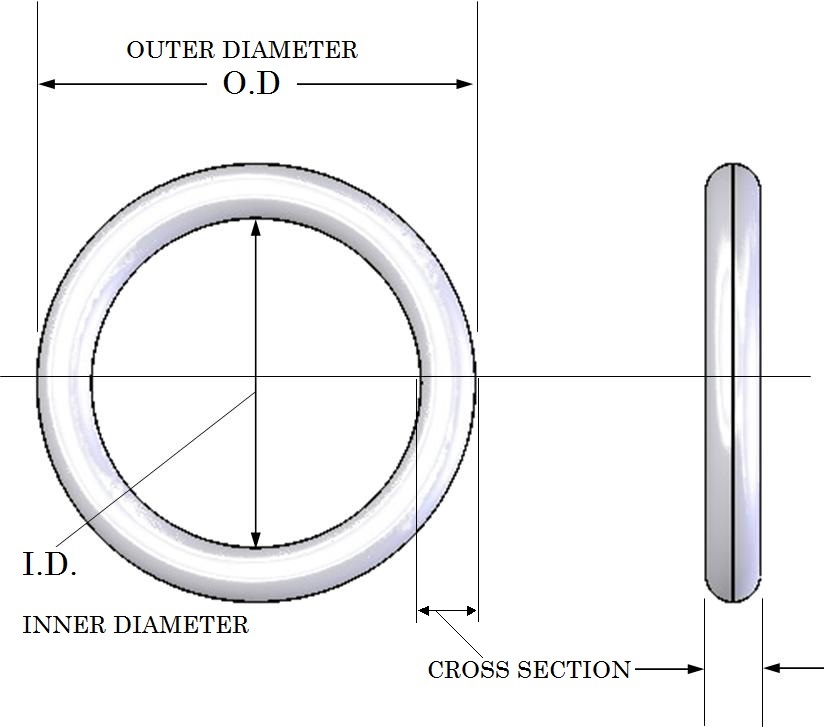
Types of O-Rings:
- Silicone O-Ring: Ideal for applications requiring resistance to temperature swings, dry heat, and UV weathering.
- EPDM O-Ring: Resistant to alcohol and solvents, suitable for solvent applications.
- Neoprene O-Ring: Perfect for heat exchangers and chiller systems.
- Nitrile O-Ring: Popular for its oil and fuel resistance.
- Clear O-Ring: Used in medical and food processing industries.
- Metal O-Ring: Strong and corrosion-resistant, suitable for a wide range of applications.
- Metric O-Ring: Specified using the metric system, commonly used globally.
How to Choice O-ring?
The choice of rubber O-rings is based on chemical compatibility, temperature of use, sealing pressure, lubrication requirements and working environment.
O-rings are circular, ring-shaped seals made from elastomeric materials. They are used in various applications to prevent the leakage of fluids or gases between two surfaces. Their simple design makes them effective in providing a tight seal when compressed between mating parts.
The sealing O-ring joint design requires compression molding so that the O-ring can withstand deformation pressure without breaking and deforming.
Therefore, it is necessary to calculate the mechanical stress of the O-ring contact surface. As long as the pressure does not exceed the contact surface of the O-ring, no leakage will occur.The highest sealing pressure that O-ring seals can achieve: dynamic seal 35MPA, static seal 100MPA.
The O-ring's stretchability and high rebound properties can be adapted to the structural defects of the mounted components. In most cases, these O-rings are used to seal hydraulics, pneumatics, and any place that requires sealing. Melon rubber is one leading manufacturer of standard and custom O-rings in a wide variety of sizes, shapes, and compounds offerings include: FKM O-Rings, Buna-N O-Rings, Silicone O-Rings, EPDM O-rings, Rubber O-rings,Neoprene O-ring, Nitrile O-ring, Metal O-ring for sealing applications.We have more than 10 years of experience manufacturing various materials' O-rings. There are more than 1000 different types of O-rings, saving mold costs, short delivery time, smooth surface, and no draping. Peak, no burrs, customer satisfaction is over 99%
.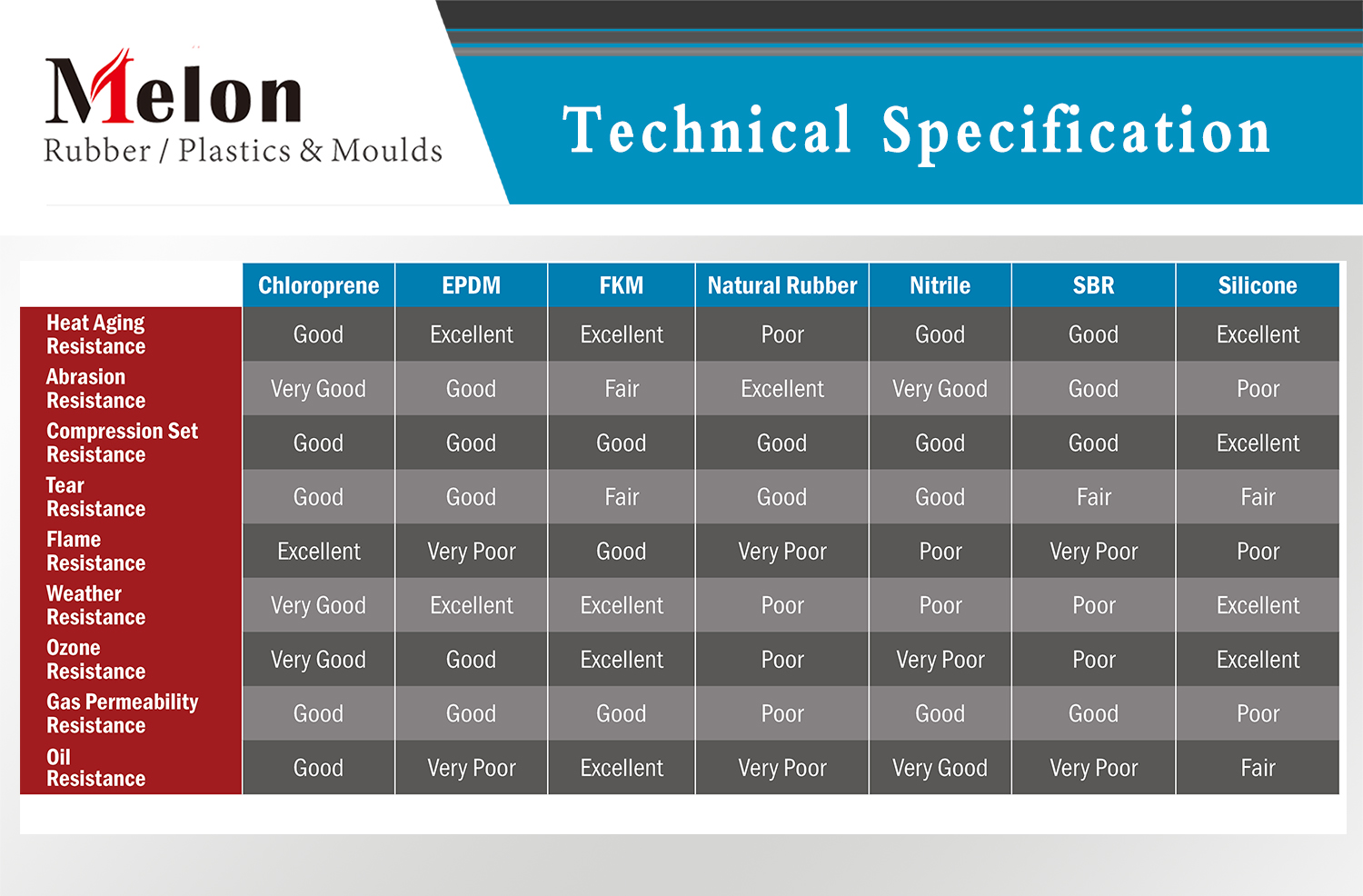
How about is the quality of Melon O-ring Quality, pls see below Feedback from Client
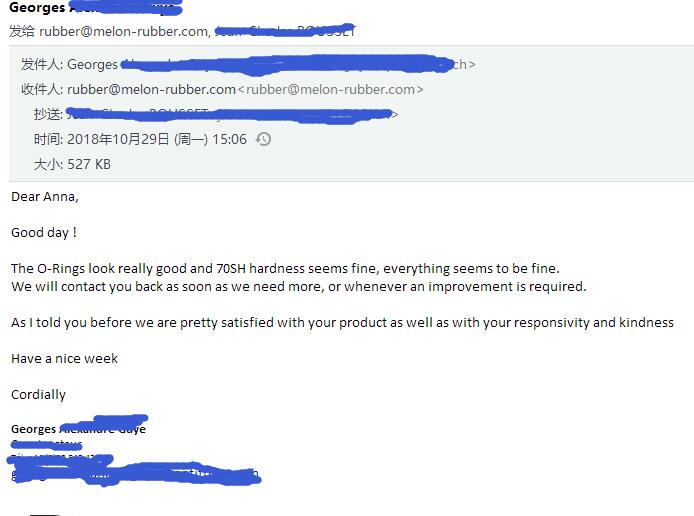
FAQ for O-Rings
O-rings are circular, ring-shaped seals made from elastomeric materials. They are used in various applications to prevent the leakage of fluids or gases between two surfaces. Their simple design makes them effective in providing a tight seal when compressed between mating parts.
**Q1. What is the Purpose of O-Rings?
The primary purpose of O-rings is to act as seals in mechanical assemblies. They prevent the escape of fluids or gases, ensuring the integrity of a system. O-rings are used in various industries, including automotive, aerospace, plumbing, and manufacturing, to maintain pressure and prevent contamination.
**Q2.How Long Does an O-Ring Last?
The lifespan of an O-ring depends on several factors, including the material, application, operating conditions (temperature, pressure, and chemical exposure), and maintenance. Generally, O-rings can last anywhere from a few months to several years. Regular inspection and replacement as needed are crucial to ensure optimal performance.
**Q3.What Are the Best O-Rings Made Of?
O-rings are also made from more than 15 polymers including: nitrile/nitrile rubber (NBR), fluorocarbon (fluororubber, fluorocarbon (FKM), silicone (VMQ), fluorosilicone (FVMQ), polyurethane ( AU / EU), natural rubber (NR), ethylene propylene (EPDM), hydrogenated nitrile rubber (HNBR), styrene butadiene rubber (SBR), chloroprene (neoprene) and the like.
Common materials include:
- Nitrile Rubber (NBR): The most commonly used is nitrile rubber, because its comprehensive performance is better, and the price is lower, it is the most cost-effective O-ring material. below is simple statue of different material sealing feature.Good for oil and fuel resistance.
- Fluoroelastomer (FKM/Viton): Excellent for high-temperature and chemical resistance.
- Silicone: Ideal for high-temperature applications and flexibility.
- EPDM: Suitable for outdoor and weather-resistant applications.
**Q4.How Do You Manufacture O-Rings?
O-rings are typically manufactured through a molding process. The steps include:
1. Material Selection: Choosing the appropriate elastomer for the specific application.
2. Molding: Using compression or injection molding techniques to shape the O-ring.
3. Curing: Heating the molded O-ring to cure the material, enhancing its strength and elasticity.
4. Quality Control: Inspecting the finished O-rings for dimensional accuracy and defects.
**Q5.Is There a Difference in O-Rings?
Yes, there are various types of O-rings designed for specific applications. Differences can include:
- Material: Different materials offer varying levels of chemical resistance, temperature tolerance, and flexibility.
- Size: O-rings come in various diameters and thicknesses to fit different applications.
- Shape: Besides standard round O-rings, there are also square and custom-shaped options available.
**Q6 Are FKM O-Rings Better Than Regular O-Rings?
FKM O-rings are often considered superior to standard O-rings made from materials like nitrile or rubber due to their excellent high-temperature resistance, chemical stability, and durability. They are particularly beneficial in applications involving aggressive chemicals or extreme temperatures. However, the best choice of O-ring ultimately depends on the specific requirements of the application.
**Q7: What tools do you have?
We have standard tools in accordance with AS568 and JIS B 2401 for all sizes, as well as around 3,000 non-standard tools. Additionally, we can produce new tools based on your specific requirements.
**Q8:What rubber materials do you offer?
We provide a variety of rubber materials, including NBR, HNBR, SI (VMQ), FKM (VT), EPDM, ACM, CR, NR, PA, IR, and Fluorinated Silicone Rubber (FLS) (FVMQ).
**Q9: Can you provide a prototype for free?
Yes, we can provide a prototype at no cost; however, you will need to cover the freight charges.
**Q10: What is the minimum order quantity (MoQ)?
The MoQ varies by material:
- NBR, NR, SI (VMQ), EPDM: USD $150
- HNBR, FKM (VT), ACM, CR, PA: USD $200
- FLS (FVMQ): USD $500
**Q11:What is the general lead time for products?
The average lead time for prototypes or first articles is 1-2 weeks. Once the prototype is approved, the average production time is 2-3 weeks. If we do not have the required tool, the lead time may increase by 1-2 weeks.
**Q12: What is your standard packing method?
Our standard packing includes a PE bag inside and a carton outside. For larger order quantities, we will place the cartons on pallets for easier handling.
Related Products
 Wholesale Rubber O Rings,Large Diameter...
Price: US $0.08-$0.15
Wholesale Rubber O Rings,Large Diameter...
Price: US $0.08-$0.15
 Silicone O Ring Manufacturers,Wholesale...
Price:
Silicone O Ring Manufacturers,Wholesale...
Price:
 High Temperature Silicone O-rings,Clear...
Price: US $0.08-$0.15
High Temperature Silicone O-rings,Clear...
Price: US $0.08-$0.15





